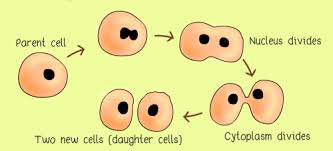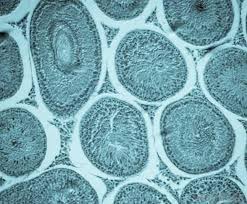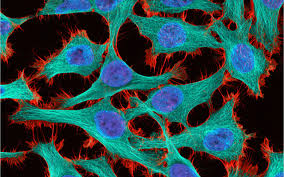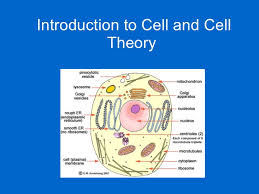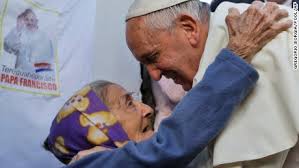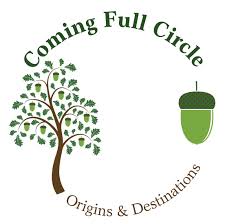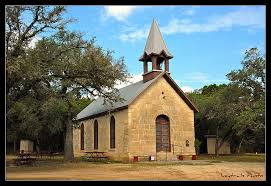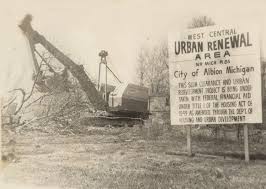
Organism, to Organization, to Institution Series – Part 9
(A single cell organism is a building block of life. When multiplying, how can you prevent it from becoming an institution where the organism can easily die or become lost in its structure? The following blogs in this series will examine the Church as an organized institution or an organism built on relationships.)
Let’s look at the church through the eye’s of Katrina Scherbern’ view or Organism Organization where she defines seven characteristics. Let’s look at her fifth and sixth one:
5. Living things respond to their environment
6. Living things adapt to their environment
Being “Missional”, a current church buzzword, is associated with going beyond church culture by responding and adapting to one’s environment. When the church loses being salt and light, it loses its brilliance and flavor and becomes ritual and lifeless. The concept of being in the world but not a part of it does not mean to be exclusive.
Jesus commanded to love your neighbor as yourself, but when immersed in only a Christian culture, loving becomes easy, not sacrificial or forgiving. Loving your neighbor means responding to those outside one’s cell and adapting to their environment. Jesus was also criticized in his day for eating with tax collectors, prostitutes, Samaritans, those unclean by Jewish Law, but He knew His Church would one day be outside the realm of Jewish tradition and open to the gentiles.
Again the five fold is important in implementing this principle. The evangelist is needed to rebirth, so that all things are new! A shepherd’s nurture, caring, and kindness is effective in bringing about acceptance, then openness in receiving the gospel. Teachers are needed to teach the practicality of how to love your neighbor, not just preaching at them. Prophets can “read their mail” as Jesus did to the woman at the well in order to bring them into the kingdom of God. Apostles have insight as to how to be the most effect cell in winning new people into their group, how to nurture and develop them, spiritually feed them, and release them when mature.
An five fold church or cell, led by the Holy Spirit will seek direction on how to win the lost, nurture and care for their needs too, ground them in the faith, bring spiritual life to their stagnant one, and help them grow and develop. All this is what Jesus meant when he told Apostle Peter to feed My sheep.

If the Church is to win the world for Jesus, it must infiltrate the world and environment where it has been placed. As different cells have different purposes, so a church cell can be an urban cell, a suburban cell, a cell with outreach, a cell with compassion, a cell with… on and on. Diversity is important to the nature of the body of the Christ, and responding and adapting to different environments can only come through diversity.
